-
 Bitcoin
Bitcoin $119100
0.00% -
 Ethereum
Ethereum $3649
-2.30% -
 XRP
XRP $3.213
-8.45% -
 Tether USDt
Tether USDt $1.000
-0.01% -
 BNB
BNB $783.2
-1.26% -
 Solana
Solana $191.1
-5.48% -
 USDC
USDC $0.9999
0.00% -
 Dogecoin
Dogecoin $0.2440
-8.65% -
 TRON
TRON $0.3103
-2.02% -
 Cardano
Cardano $0.8201
-7.68% -
 Hyperliquid
Hyperliquid $44.25
-3.09% -
 Stellar
Stellar $0.4326
-7.78% -
 Sui
Sui $3.777
-5.00% -
 Chainlink
Chainlink $18.34
-6.34% -
 Hedera
Hedera $0.2477
-8.72% -
 Bitcoin Cash
Bitcoin Cash $521.0
-0.79% -
 Avalanche
Avalanche $24.08
-6.29% -
 Litecoin
Litecoin $113.5
-6.79% -
 UNUS SED LEO
UNUS SED LEO $8.970
-0.16% -
 Shiba Inu
Shiba Inu $0.00001397
-8.55% -
 Toncoin
Toncoin $3.231
-2.27% -
 Ethena USDe
Ethena USDe $1.001
0.03% -
 Polkadot
Polkadot $4.174
-6.93% -
 Uniswap
Uniswap $10.37
-4.08% -
 Monero
Monero $317.6
-1.77% -
 Bitget Token
Bitget Token $4.720
-2.36% -
 Pepe
Pepe $0.00001290
-8.38% -
 Dai
Dai $1.000
0.02% -
 Aave
Aave $293.2
-4.95% -
 Bittensor
Bittensor $431.1
-3.60%
Coinbase Wallet review
Coinbase Wallet is a non-custodial app that lets users control their crypto, manage NFTs, and interact with dApps securely.
Jul 23, 2025 at 09:00 pm
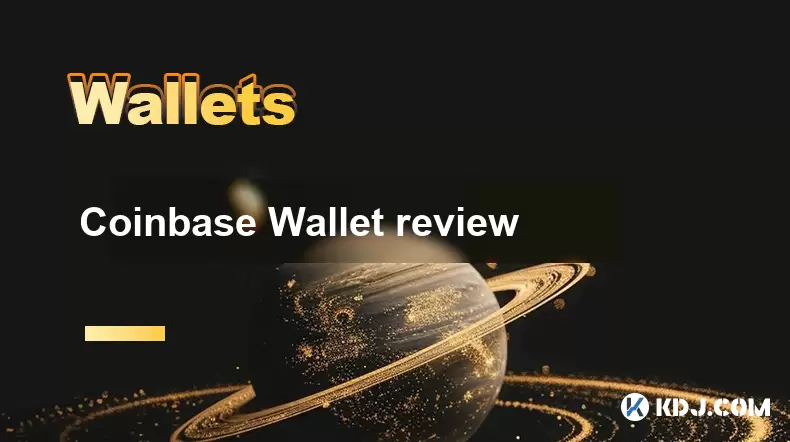
What Is Coinbase Wallet?
Coinbase Wallet is a non-custodial cryptocurrency wallet developed by Coinbase, one of the largest and most trusted cryptocurrency exchanges globally. Unlike the main Coinbase platform, which operates as a custodial exchange, Coinbase Wallet gives users full control over their private keys and digital assets. This means that users are responsible for securing their recovery phrases and managing transactions independently.
The wallet supports a wide range of cryptocurrencies, including Bitcoin (BTC), Ethereum (ETH), and various ERC-20 tokens. It also allows users to interact with decentralized applications (dApps) on the Ethereum blockchain. Coinbase Wallet is available as a mobile app for both iOS and Android devices, and it also offers browser extensions for desktop use.
Security Features of Coinbase Wallet
Security is a top priority for any cryptocurrency wallet, and Coinbase Wallet implements several robust measures to protect user funds. Since it is a non-custodial wallet, the private keys are stored locally on the user’s device and never transmitted to Coinbase servers. Users are prompted to write down a 12-word recovery phrase during setup, which acts as a backup to restore access in case the device is lost or damaged.
Biometric authentication, such as fingerprint or facial recognition, is supported for an added layer of protection. Additionally, users can enable a password or PIN to secure the wallet. The wallet also features a secure enclave on iOS devices and Android Keystore on Android, which isolates cryptographic operations from the rest of the system.
User Interface and Experience
The user interface of Coinbase Wallet is clean, intuitive, and easy to navigate, making it suitable for both beginners and experienced users. Upon opening the app, users are greeted with a dashboard that displays their portfolio, recent transactions, and options to send or receive crypto. Assets can be sorted by value, and users can add or hide specific tokens based on their preferences.
Sending and receiving cryptocurrency is straightforward. To send funds, users simply tap the "Send" button, enter the recipient's wallet address, select the amount, and confirm the transaction. Receiving funds requires sharing the wallet address or scanning a QR code. The wallet also includes a built-in decentralized exchange feature, allowing users to swap between supported cryptocurrencies directly within the app.
Supported Blockchains and Tokens
Coinbase Wallet supports multiple blockchains, including Ethereum, Bitcoin, Litecoin, and many others. It also supports a variety of token standards, such as ERC-20, ERC-721 (NFTs), and ERC-1155. This makes it a versatile option for users who hold different types of digital assets, including collectibles and decentralized finance (DeFi) tokens.
NFT support is a standout feature, as users can view, manage, and even trade NFTs directly within the wallet. The wallet integrates with popular NFT marketplaces like OpenSea, Rarible, and Mintable, enabling seamless interaction with the broader NFT ecosystem.
Integration with dApps and Web3
One of the key advantages of Coinbase Wallet is its ability to connect with decentralized applications. Users can access DeFi platforms, play blockchain games, and interact with other Web3 services without leaving the wallet. The wallet includes a built-in browser that supports dApp interactions, and users can also connect it to external browsers via the Coinbase Wallet extension.
Connecting to a dApp is simple:
- Open the dApp in the wallet’s browser or external browser
- Click on the "Connect Wallet" button
- Select Coinbase Wallet from the list of available wallets
- Approve the connection request
Once connected, users can sign transactions, approve token transfers, and interact with smart contracts directly from the wallet interface.
Fees and Transaction Costs
When using Coinbase Wallet, users are responsible for paying network transaction fees, which vary depending on network congestion. For Ethereum-based transactions, gas fees are calculated in ETH and must be paid separately from the transaction amount. The wallet provides an estimate of these fees before confirming any transaction, allowing users to adjust gas prices if needed.
There are no additional fees charged by Coinbase for using the wallet itself. However, when swapping tokens within the wallet, users may incur a small service fee in addition to the standard network fee. These fees are transparent and displayed before confirming the swap.
Customer Support and Reliability
As a product of Coinbase, the wallet benefits from the company's reputation for reliability and customer support. While the wallet itself does not offer live chat or phone support, users can access a comprehensive help center through the Coinbase website. This includes articles, FAQs, and troubleshooting guides related to wallet functionality, security, and transaction issues.
Email support is available for critical issues, such as recovery problems or suspected unauthorized access. Response times may vary, but the support team is generally responsive and helpful for verified users.
Frequently Asked Questions
Q: Can I use Coinbase Wallet without having a Coinbase account?
Yes, you can use Coinbase Wallet independently of a Coinbase exchange account. The wallet is designed to function as a standalone application, and no Coinbase login is required to access its features.
Q: What should I do if I lose my recovery phrase?
If you lose your recovery phrase and cannot access your wallet, there is no way to recover your funds. Coinbase does not store your private keys or recovery phrase, so it is crucial to keep them secure and backed up in a safe location.
Q: Is Coinbase Wallet compatible with hardware wallets?
Currently, Coinbase Wallet does not support direct integration with hardware wallets like Ledger or Trezor. However, users can manually import private keys or recovery phrases from hardware wallets to access their funds through Coinbase Wallet.
Q: How do I update Coinbase Wallet?
To update the wallet, visit the App Store (iOS) or Google Play Store (Android) and check for available updates. Keeping the wallet updated ensures access to the latest features, security patches, and bug fixes.
Disclaimer:info@kdj.com
The information provided is not trading advice. kdj.com does not assume any responsibility for any investments made based on the information provided in this article. Cryptocurrencies are highly volatile and it is highly recommended that you invest with caution after thorough research!
If you believe that the content used on this website infringes your copyright, please contact us immediately (info@kdj.com) and we will delete it promptly.
- South Korea's Credit Card Industry Embraces Stablecoin Regulations: A New Era?
- 2025-07-24 10:30:12
- Trump, AI, and Deregulation: A Wild West Tech Landscape?
- 2025-07-24 10:30:12
- Bitcoin Cash (BCH) Price Forecast & Trends: What's the Buzz?
- 2025-07-24 08:50:12
- Public Companies and Ethereum: A $3.2 Billion Bet on the Future?
- 2025-07-24 09:10:12
- XRP, Safe Havens, and BTC Miners: Navigating Crypto's Latest Moves
- 2025-07-24 08:30:12
- XRP, SEC, and ETFs: A Crypto Rollercoaster
- 2025-07-24 09:10:12
Related knowledge
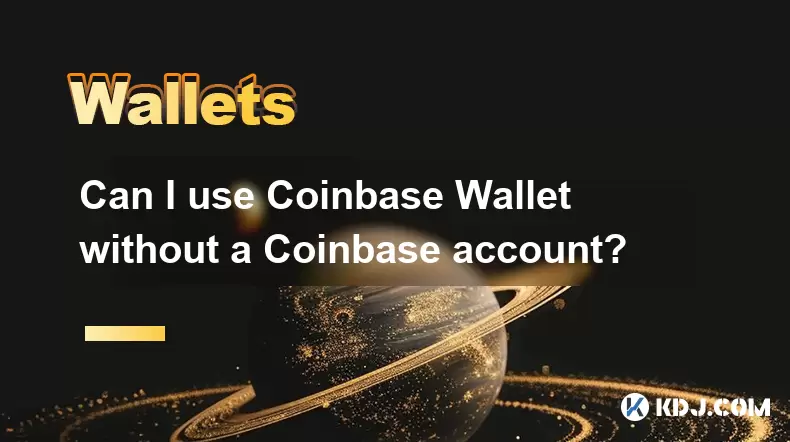
Can I use Coinbase Wallet without a Coinbase account?
Jul 18,2025 at 04:35am
What is Coinbase Wallet?Coinbase Wallet is a self-custodial wallet that allows users to store, send, and receive various cryptocurrencies directly on ...
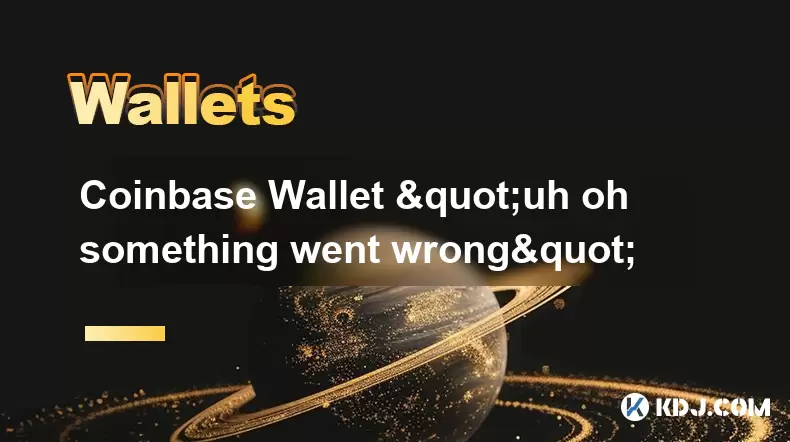
Coinbase Wallet "uh oh something went wrong"
Jul 20,2025 at 10:00am
Understanding the Coinbase Wallet Error: 'Uh Oh, Something Went Wrong'If you're a Coinbase Wallet user, encountering the error message 'Uh Oh, Somethi...

How to add Optimism network to Coinbase Wallet
Jul 20,2025 at 05:21am
What is the Optimism Network?The Optimism network is a Layer 2 scaling solution built on top of the Ethereum blockchain. It aims to enhance transactio...

How to add Arbitrum to Coinbase Wallet
Jul 18,2025 at 03:00pm
Understanding Arbitrum and Its Integration with Coinbase WalletArbitrum is a layer-2 scaling solution developed by Offchain Labs to enhance the speed ...
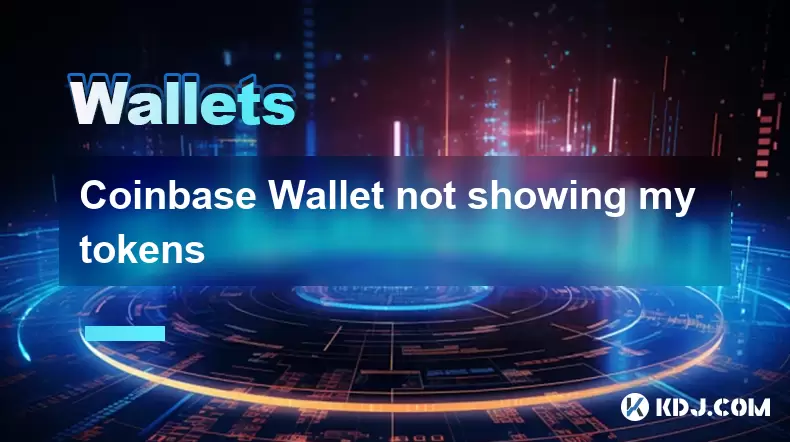
Coinbase Wallet not showing my tokens
Jul 18,2025 at 09:49am
Understanding Coinbase Wallet Token Display IssuesIf you're experiencing issues where Coinbase Wallet not showing my tokens, it can be frustrating, es...
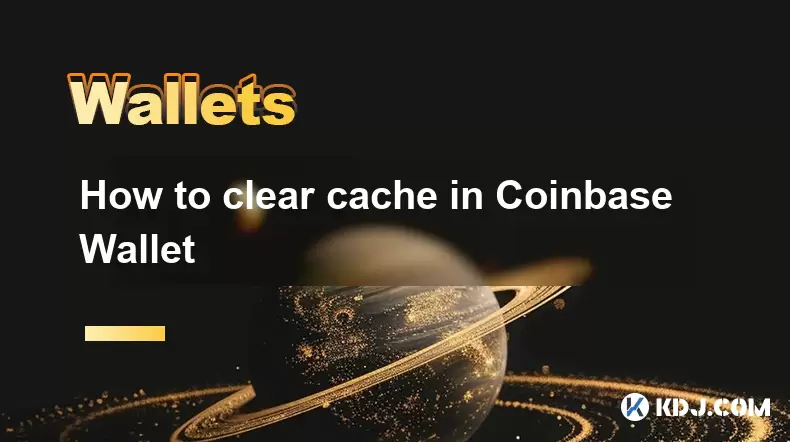
How to clear cache in Coinbase Wallet
Jul 21,2025 at 12:00am
Understanding Cache in Coinbase WalletThe cache in Coinbase Wallet refers to temporary data stored by the application to enhance performance and user ...

Can I use Coinbase Wallet without a Coinbase account?
Jul 18,2025 at 04:35am
What is Coinbase Wallet?Coinbase Wallet is a self-custodial wallet that allows users to store, send, and receive various cryptocurrencies directly on ...

Coinbase Wallet "uh oh something went wrong"
Jul 20,2025 at 10:00am
Understanding the Coinbase Wallet Error: 'Uh Oh, Something Went Wrong'If you're a Coinbase Wallet user, encountering the error message 'Uh Oh, Somethi...

How to add Optimism network to Coinbase Wallet
Jul 20,2025 at 05:21am
What is the Optimism Network?The Optimism network is a Layer 2 scaling solution built on top of the Ethereum blockchain. It aims to enhance transactio...

How to add Arbitrum to Coinbase Wallet
Jul 18,2025 at 03:00pm
Understanding Arbitrum and Its Integration with Coinbase WalletArbitrum is a layer-2 scaling solution developed by Offchain Labs to enhance the speed ...

Coinbase Wallet not showing my tokens
Jul 18,2025 at 09:49am
Understanding Coinbase Wallet Token Display IssuesIf you're experiencing issues where Coinbase Wallet not showing my tokens, it can be frustrating, es...

How to clear cache in Coinbase Wallet
Jul 21,2025 at 12:00am
Understanding Cache in Coinbase WalletThe cache in Coinbase Wallet refers to temporary data stored by the application to enhance performance and user ...
See all articles

























































































